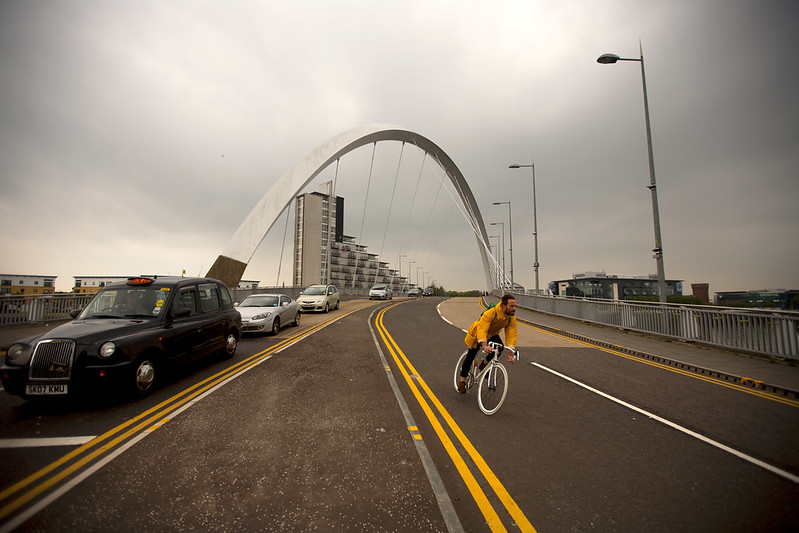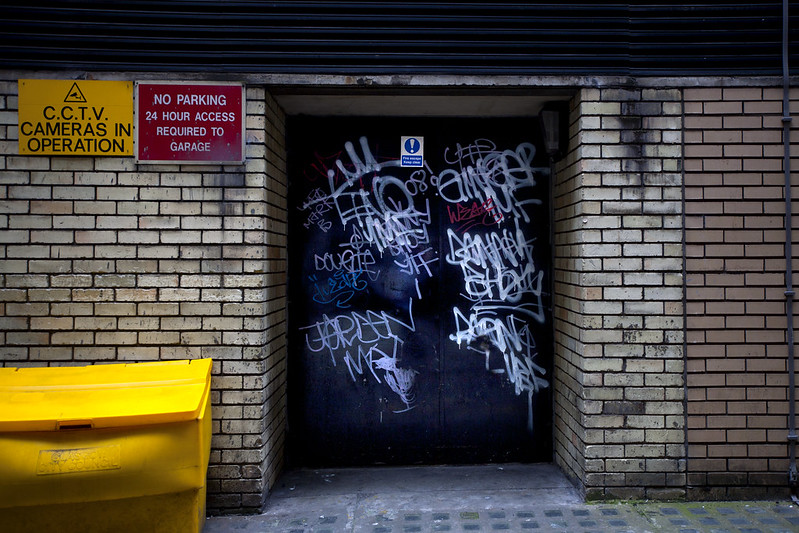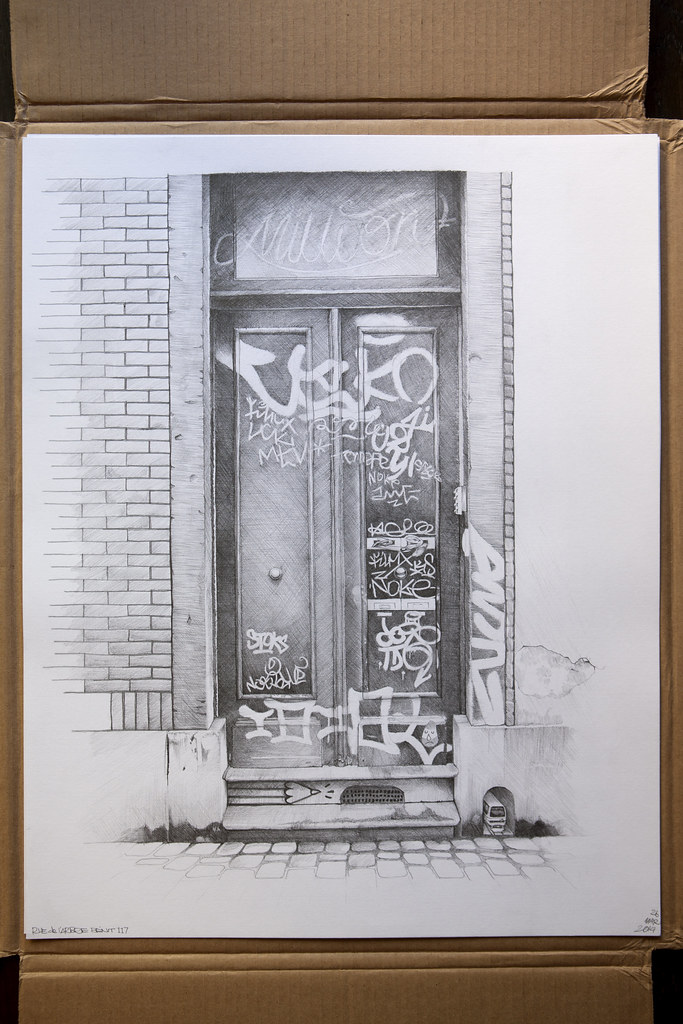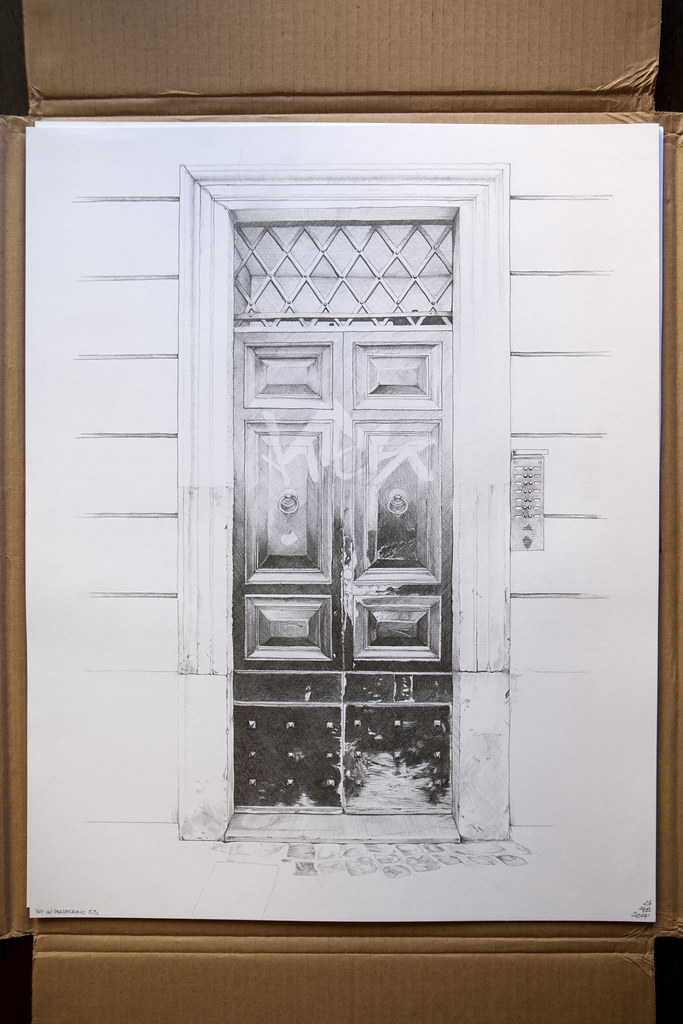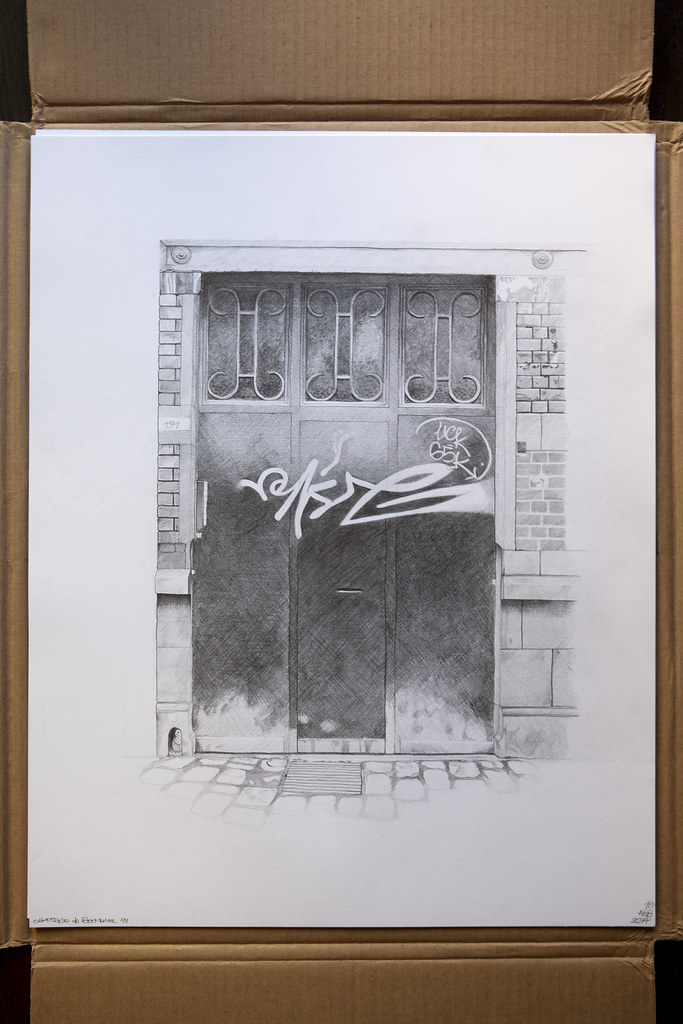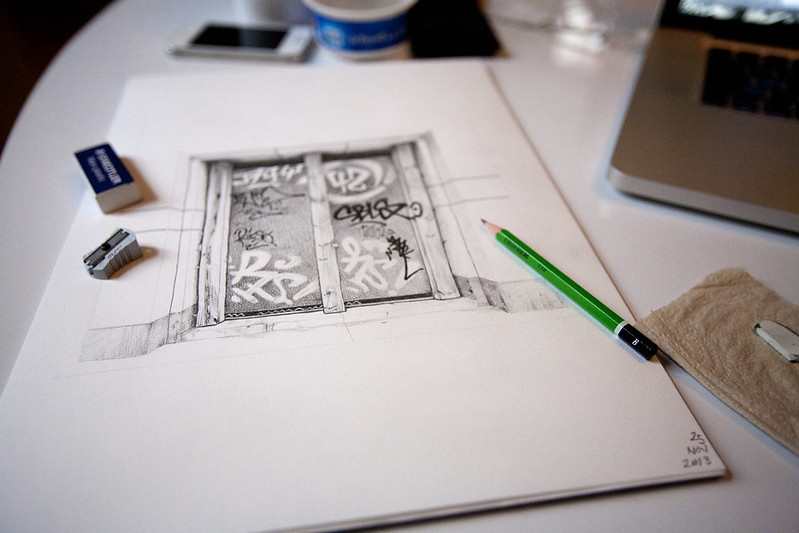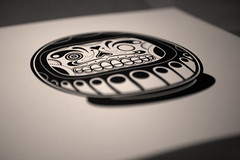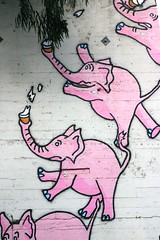I've been gathering my thoughts on my experience at noma a couple weeks ago and while it seems I should discuss the food, it was something else about the place that made it distinctive. Besides, there are a number of far more able food writers who have already done so and while I'd love to get into the subtle flavor of bacteria and kelp, the experience is hardly just about the food.
Sure, the pacing, service, flavors, and plating were superior; unlike anything I've ever had, but it wasn't until after I'd finished my meal that noma truly transformed the way I think about a restaurant and the way I think about working teams in general. At the end of the lunch service I overheard a few other guests were going to tour the kitchen. It was a long shot, but I figured it couldn't hurt to ask if I could tag along, I did not expect a yes. Our server tried to set expectations by letting us know that it wasn't something most people did.
A few minutes later, we paid our bill and that was that. I wasn't disappointed to not see the kitchen, it was honestly an experience that left a want for nothing. In fact, the worst part about eating there, aside from how much it costs (something for another post), is that it comes to an end and you have to leave. But that was actually not the end. Our server, who was on her own account amazing, returned with good news. WE WOULD GET A TOUR.
We were introduced to one of the chefs who like everyone there, greeted us with a sincere warmth and interest in our visit. I know this might sound like it's just good service, but either everyone at noma has gone to acting school or they truly love what they're doing there.
We are shown around noma's kitchens during their preparation for the dinner service. During my entire four years at university, I worked in the dining halls. When a kitchen is in full tilt, the last thing you want is someone standing in the middle of it, getting a tour. We were exactly that, that couple getting the tour in the middle of a working kitchen. We were not just in the middle, we were literally in the way of approximately 60 people who were working furiously to make this experience happen.
But the fact that I felt that way was purely of my own construction. For every "sorry" that I'd given for being in the path of a chef, there was a smile, a welcome, and a "don't worry about it." Again, it was this sincere sense of appreciation for you, the guest, that came from every person, chef or otherwise. I looked at them star-struck, but they made you feel like you were the celebrity. They were real people back there, not too important for you, but on your level despite the acclaim of their restaurant.
In the 17 or so years of my professional career I've worked with more than a dozen teams on projects of all sizes. There are definitely many of them that I'd work with again, and some where I'd prefer a sharp stick in the eye. Of the best of them, however, I'm not completely certain I've seen anything like what I saw at noma. The respect for each other results from a cross-diciplinary approach and shared tasks.
Everyone learns and does all the different jobs there, which means everyone literally appreciates walking in each other's shoes. They also work as a team on tedious tasks. Rather than one person peeling 300 potatoes, 15 of them will do 20 each. By sharing in the toil, they both break down tasks into easier stretches and share in the execution of what is produced. The result is higher quality execution and happier people; the kitchen was filled with upbeat chatter and smiling faces, not to mention perfectly peeled potatoes.
By the end of the tour through the kitchens, I got the sense that people there not only appreciated that they were working in one of the best restaurants in the world, but they appreciated each other too. They also appreciated me, not because I my meal pays their salaries, but because I was also somehow part of their small world of mutual respect and appreciation. To say the least, it was this, not the food, that left the biggest impression on me. It was a truly inspiring end to a truly inspired meal. If you are lucky enough to have this experience, I'd suggest you do it. It's not bullshit, it's a lot of passionate people trying to make the best food experience in the world and they are doing a damn good job of it.

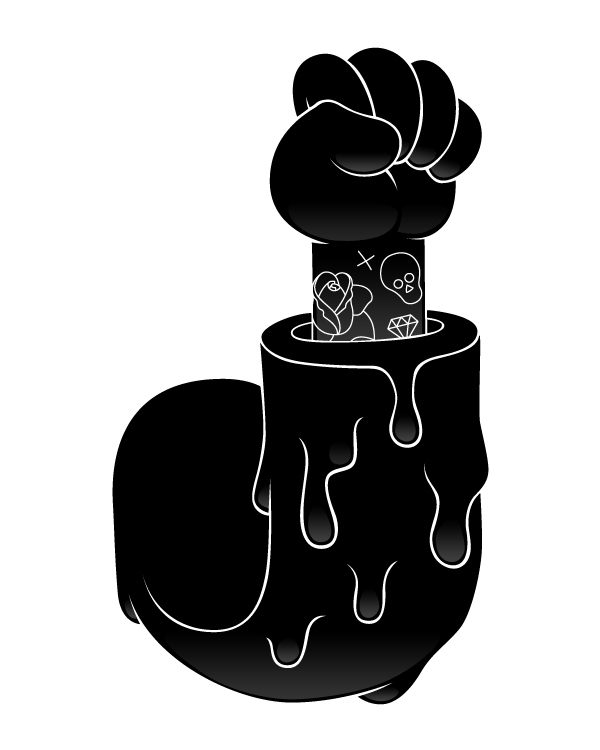

 Slow and steady.
Slow and steady.
